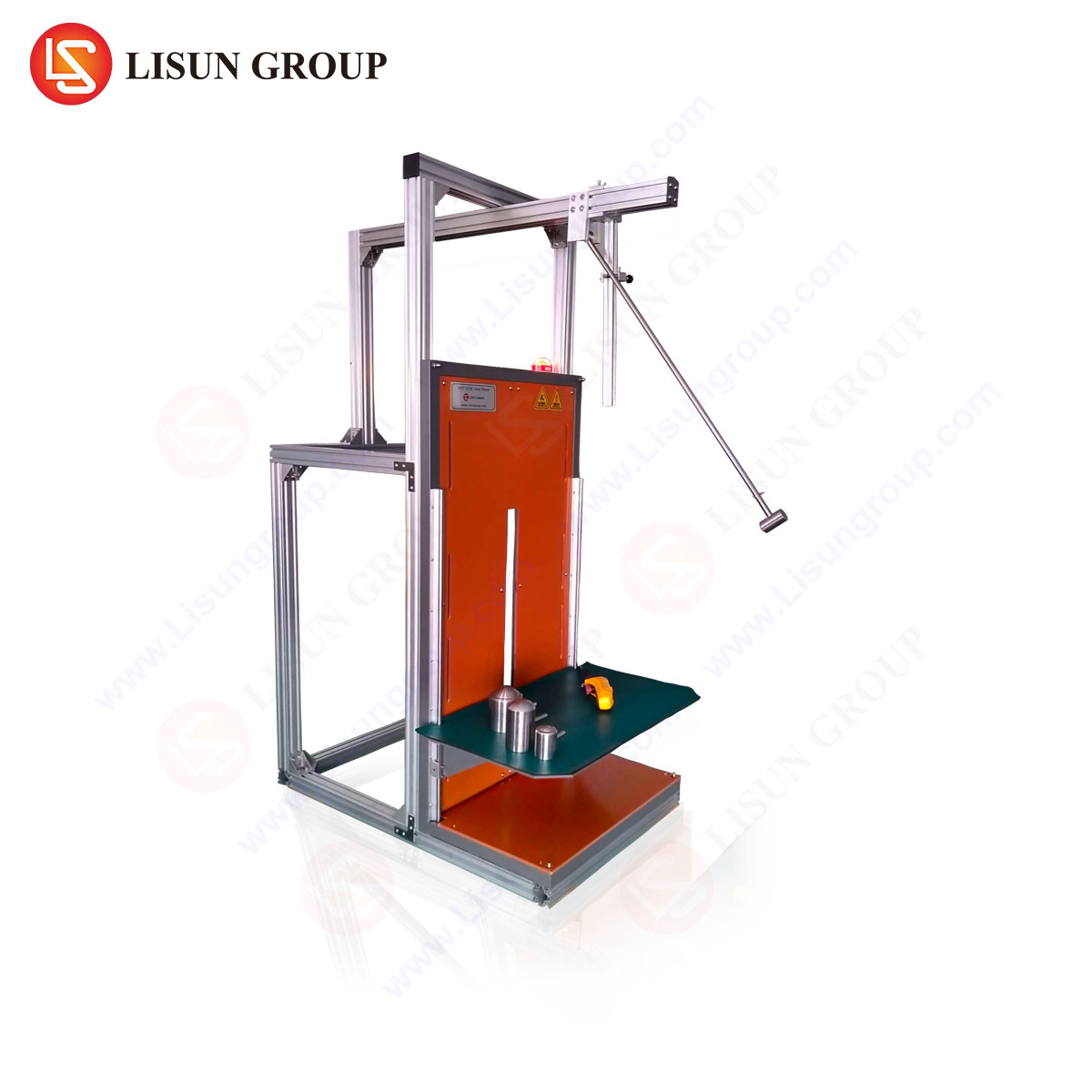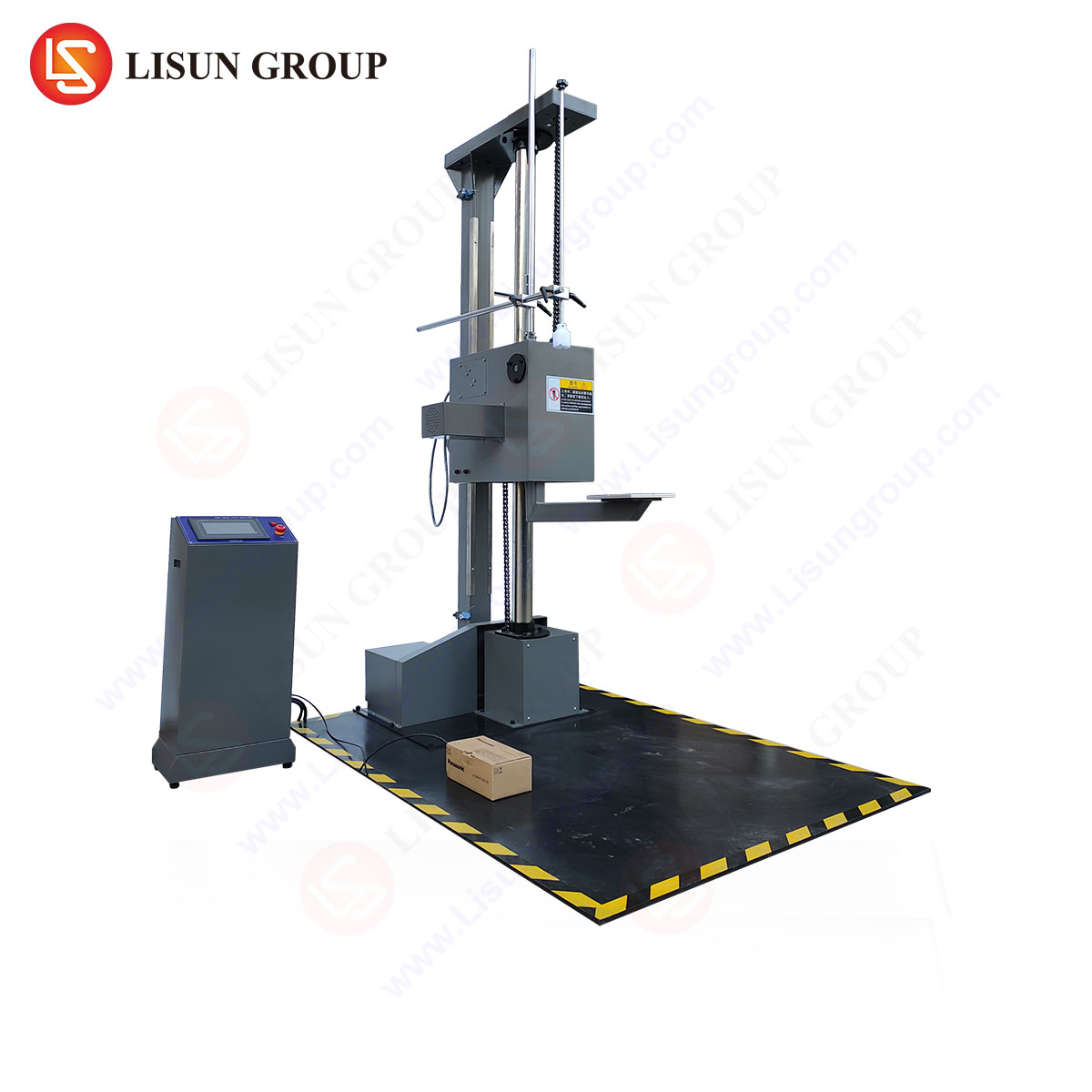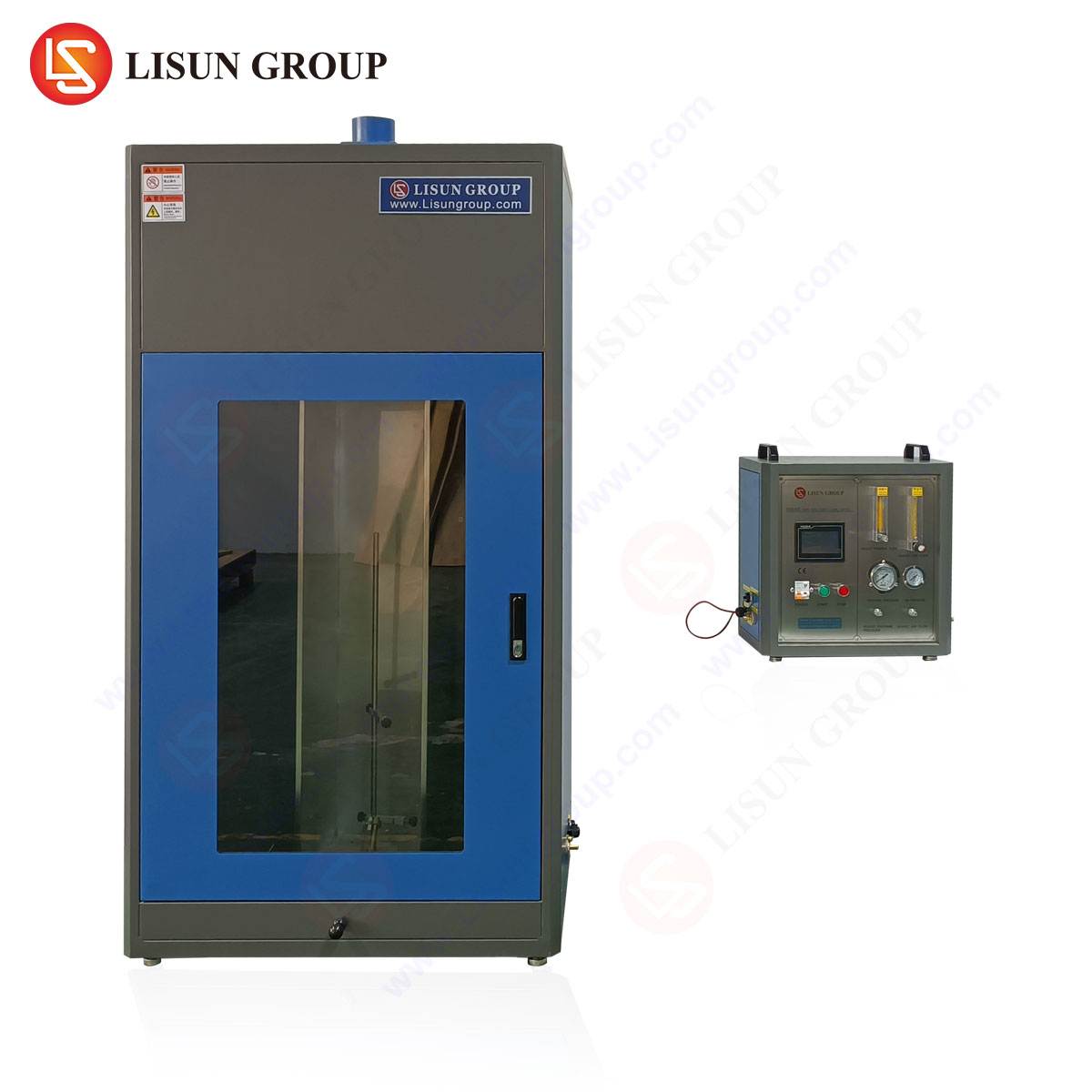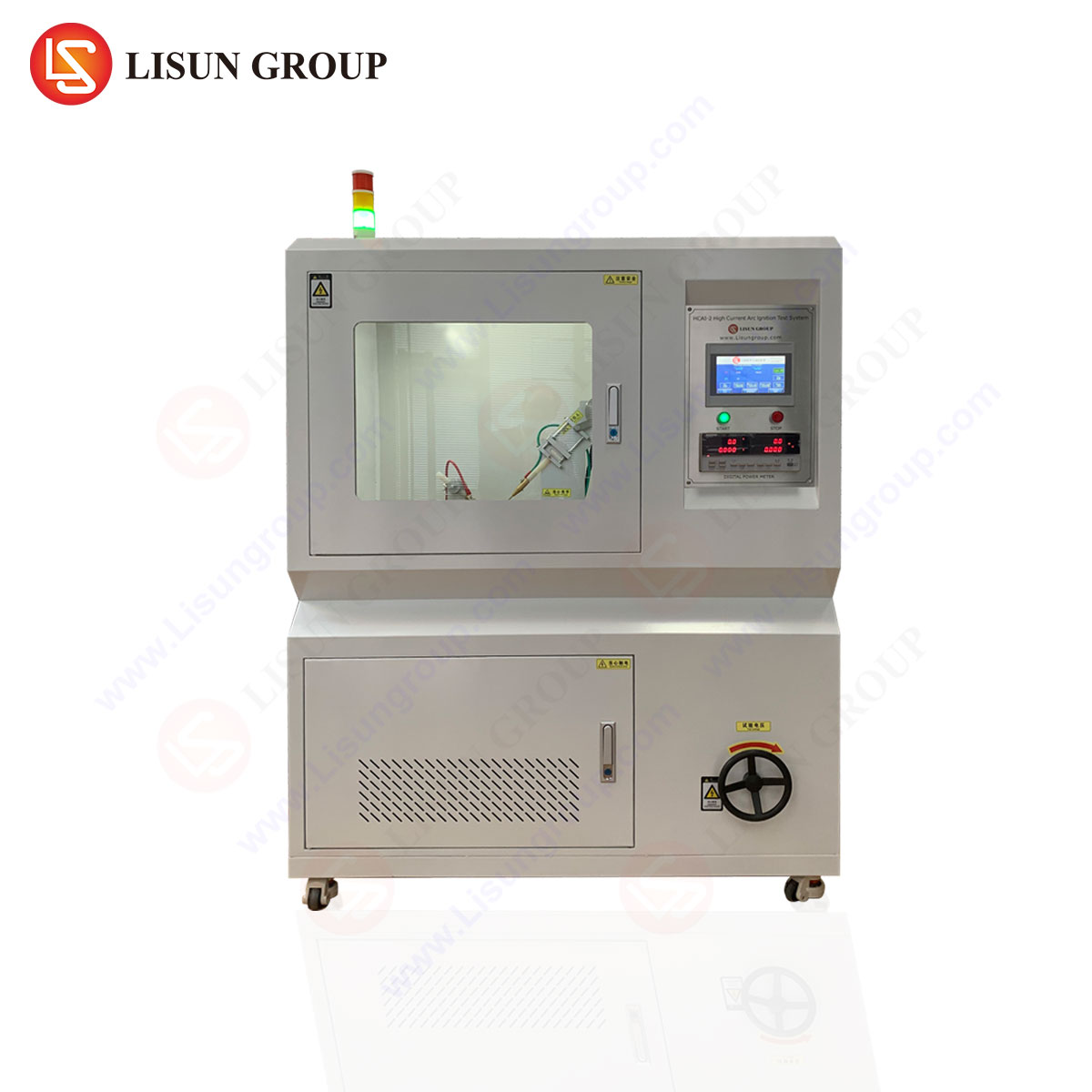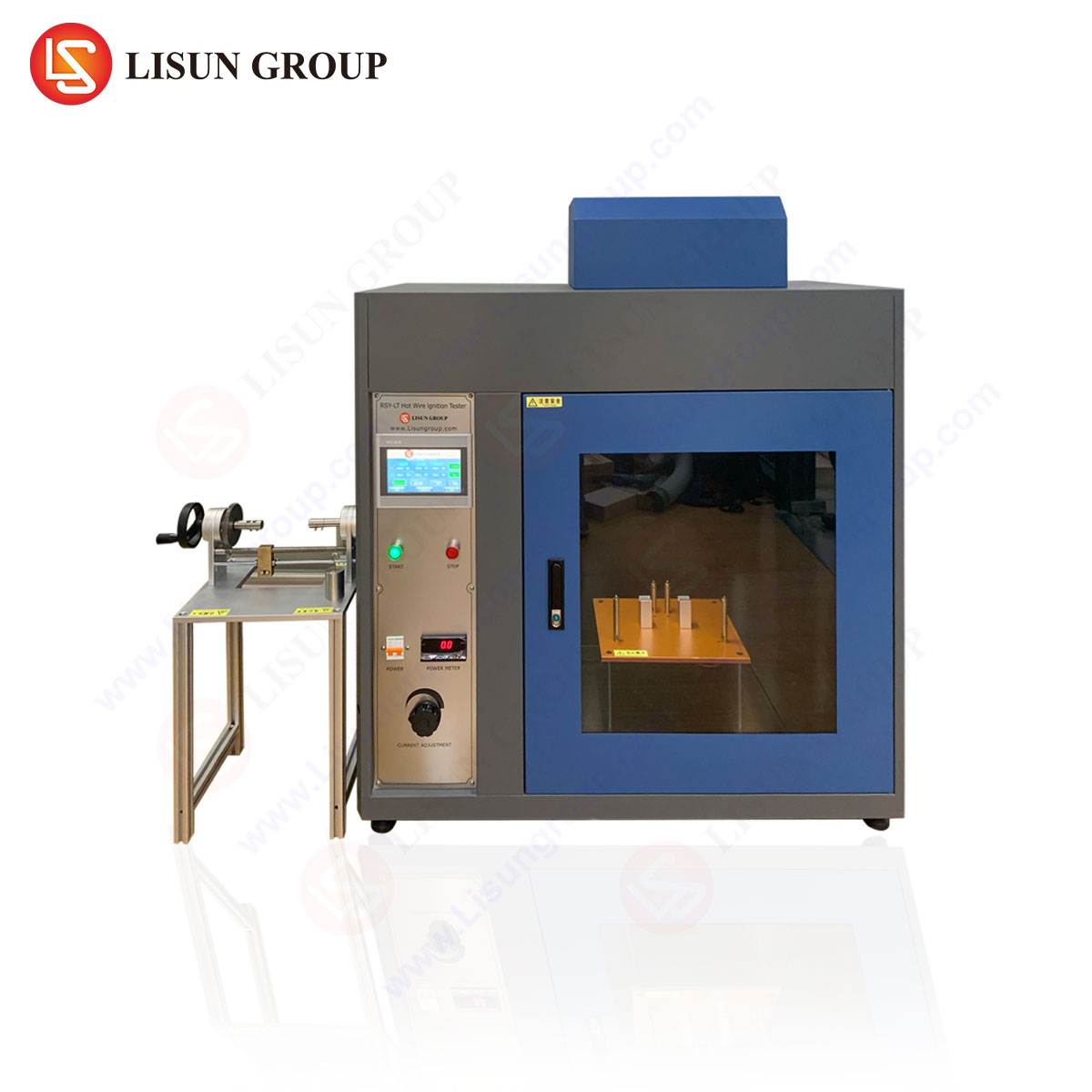Introduction to Sulfur Dioxide (SO2) Corrosion Testing
Sulfur dioxide (SO2) corrosion testing is a critical evaluation method used to assess the resistance of materials and components to sulfurous environments. Industries such as automotive electronics, aerospace, and telecommunications rely on accelerated corrosion testing to predict long-term material degradation. The LISUN Câmara de teste de dióxido de enxofre SQ-010 is engineered to simulate these harsh conditions, ensuring compliance with international standards such as IEC 60068-2-42, ISO 3231, and ASTM G87.
This article examines the technical features, operational principles, and industrial applications of the SQ-010, emphasizing its role in validating product durability across multiple sectors.
Design and Construction of the SQ-010 SO2 Corrosion Test Chamber
O LISUN SQ-010 is constructed with corrosion-resistant materials, including 316L stainless steel for the inner chamber and PVC-coated outer panels to prevent external degradation. The chamber’s airtight sealing mechanism ensures precise SO2 concentration control, minimizing test variability.
Key structural components include:
- Gas Injection System: Automated SO2 dosing with ±1% concentration accuracy.
- Humidity Regulation: Maintains relative humidity (RH) between 85–95% via a steam generator.
- Controlo da temperatura: Uniform heating via PID-controlled air circulation (±0.5°C stability).
These design elements ensure reproducible test conditions, critical for comparative material evaluations.
Testing Principles and Operational Methodology
The SQ-010 operates on the Kesternich test principle, where specimens are exposed to a controlled SO2 atmosphere at elevated humidity and temperature. The process involves:
- Pre-conditioning: Samples are stabilized at 40±2°C and 93±3% RH before SO2 introduction.
- Exposure Phase: SO2 is injected at 0.33±0.03% volume concentration for a programmable duration (typically 8–24 hours).
- Drying Cycle: Post-exposure, samples undergo a drying phase to assess corrosion propagation.
This cyclic methodology accelerates oxidation and sulfidation reactions, replicating years of environmental exposure in days.
Compliance with International Testing Standards
The SQ-010 is validated for adherence to multiple regulatory frameworks:
| Padrão | Âmbito de aplicação |
|---|---|
| IEC 60068-2-42 | Electrical and electronic equipment |
| ISO 3231 | Paints and coatings |
| ASTM G87 | Industrial metals and alloys |
| DIN 50018 | Componentes automotivos |
These certifications ensure compatibility with automotive electronics, aerospace components, and medical device validation protocols.
Industrial Use Cases and Sector-Specific Applications
1. Eletrónica automóvel
SO2 corrosion testing is mandatory for connectors, wiring harnesses, and control modules to prevent premature failure in humid, polluted environments. The SQ-010 evaluates tin-plated contacts and PCB coatings under simulated coastal or urban atmospheres.
2. Componentes para a indústria aeroespacial e aeronáutica
Avionics systems undergo SO2 exposure testing to validate resistance against jet fuel combustion byproducts. The SQ-010’s precision humidity control is critical for assessing aluminum alloys and composite materials.
3. Equipamento de telecomunicações
5G infrastructure components, such as base station enclosures and RF connectors, are tested for sulfidation-induced conductivity loss. The chamber’s gas recirculation system ensures uniform exposure.
4. Dispositivos médicos
Implantable electronics and surgical instruments are validated for biocompatibility and corrosion resistance in sterilized, SO2-rich environments.
Competitive Advantages of the LISUN SQ-010
-
Enhanced Control Accuracy:
- ±0.1°C temperature deviation via dual-feedback sensors.
- Real-time SO2 monitoring with electrochemical detectors.
-
Automated Test Sequencing:
- Pre-programmed cycles for IEC and ASTM test protocols.
- Remote monitoring via RS-485 or Ethernet interfaces.
-
Durability and Maintenance:
- Self-cleaning gas scrubber reduces maintenance intervals.
- Leak-proof gasket design extends chamber lifespan.
Data Logging and Reporting Capabilities
The SQ-010 integrates a 10.1-inch HMI touchscreen for real-time parameter tracking. Test data is exportable in CSV or PDF formats, supporting compliance documentation for ISO 17025-accredited labs.
Secção FAQ
Q1: What is the recommended SO2 concentration for testing electrical connectors?
A: 0.33±0.03% by volume, per IEC 60068-2-42, simulates industrial pollution levels.
Q2: How does the SQ-010 prevent SO2 leakage during testing?
A: A double-layered silicone gasket and negative-pressure design ensure containment.
Q3: Can the chamber test non-metallic materials like plastics?
A: Yes, the SQ-010 is used for polymer degradation studies in automotive and consumer electronics.
Q4: What is the maximum sample capacity of the SQ-010?
R: O 150L model accommodates 30 standard 100x150mm panels or equivalent components.
Q5: Does the SQ-010 support mixed-gas corrosion testing?
A: No, it is optimized for pure SO2 environments; for mixed-gas tests, refer to LISUN’s CCT series.
This technical overview underscores the SQ-010’s role in ensuring material reliability across high-stakes industries, combining precision engineering with regulatory compliance.


